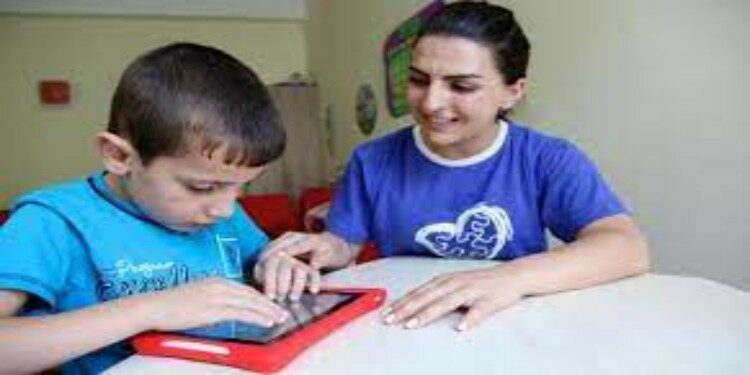In news-The World Health Organisation (WHO) and United Nations Children’s Fund (UNICEF) have jointly launched the first Global Report on Assistive Technology (GReAT) recently.
Key Highlights of the report-
- This report is the culmination of the 71 st World Health Assembly resolution in 2018 to prepare a global report on effective access to assistive technology.
- The report assumes significance as 90% of those who need assistive technology do not have access to it globally, and including assistive technology into health systems is critical for progress towards the targets in the Sustainable Development Goals (SDG) relating to Universal Health Coverage (UHC).
- It revealed that more than 2.5 billion people need one or more assistive products, such as wheelchairs, hearing aids, or apps that support communication and cognition.
- Yet nearly one billion of them are denied access, particularly in low- and middle-income countries, where access can be as low as 3% of the need for these life-changing products.
- The report notes that the number of people in need of one or more assistive products is likely to rise to 3.5 billion by 2050, due to populations ageing and the prevalence of noncommunicable diseases rising across the world.
- An analysis of 35 countries reveals that access varies from 3% in poorer nations to 90% in wealthy countries.
- Around two thirds of people with assistive products reported out-of-pocket payments for them and others reported relying on family and friends to financially support their needs.
- Measures to address barriers to universal AT coverage entails an enabling assistive technology ecosystem covering 10 Ps: People (users of AT), Policy, Products, Personnel, Provision (as strategic drivers at systems level); and Procurement, Place, Pace, Promotion and Partnership (as key situational factors for systems).
The report makes recommendations for concrete action to improve access, including:
- Improve access within education, health and social care systems.
- Ensure availability, safety, effectiveness and affordability of assistive products.
- Enlarge, diversify and improve workforce capacity.
- Actively involve users of assistive technology and their families.
- Increase public awareness and combat stigma.
- Invest in data and evidence-based policy.
- Invest in research, innovation, and an enabling ecosystem.
- Develop and invest in enabling environments.
- Include assistive technology in humanitarian responses.
- Provide technical and economic assistance through international cooperation to support national efforts.
What is Assistive Technology?
- Assistive technology (AT) is any item, piece of equipment, software program or product system that is used to increase, maintain or improve the functional capabilities of persons with disabilities.
- These include a very wide range of technologies and devices such as prosthetics, braces, walkers, special switches, special-purpose computers, screen readers and specialised curricular software.
- Universal assistive technology coverage implies that everyone, everywhere receives the AT that they need without financial or other hardships.
- The WHO launched the Priority Assistive Products List in 2018, which includes hearing aids, wheelchairs, communication aids, spectacles, artificial limbs, pill organisers, memory aids and other essential items for the elderly and persons with disabilities.
- Developing a national assistive products list is an important first step of an AT policy and requires knowledge of total population needs, product costs and benefits.
Problem of disability & ATs in India-
- Subsequent to the notification of the Rights of Persons with Disabilities (RPWD) Act in 2016, the National Statistical Office (NSO) conducted the Survey of Persons with Disabilities in the National Sample Survey (NSS) 76th round (July- December 2018) and reported that the prevalence of disability was 2.2 per cent nationally.
- Among persons with disabilities of age 15 years and above, the Labour Force Participation Rate in usual status was 23.8 per cent. 21.8 per cent of those with disabilities reported receiving any aid/help from the government and another 1.8 per cent from organisations other than government.
- Ongoing initiatives such as Make in India, Digital India along with the health insurance schemes such as Ayushman Bharat – Pradhan Mantri Jan Arogya Yojana (PM-JAY) can cater to the AT demands of the most vulnerable 40% of the population to address their rehabilitation needs.
















